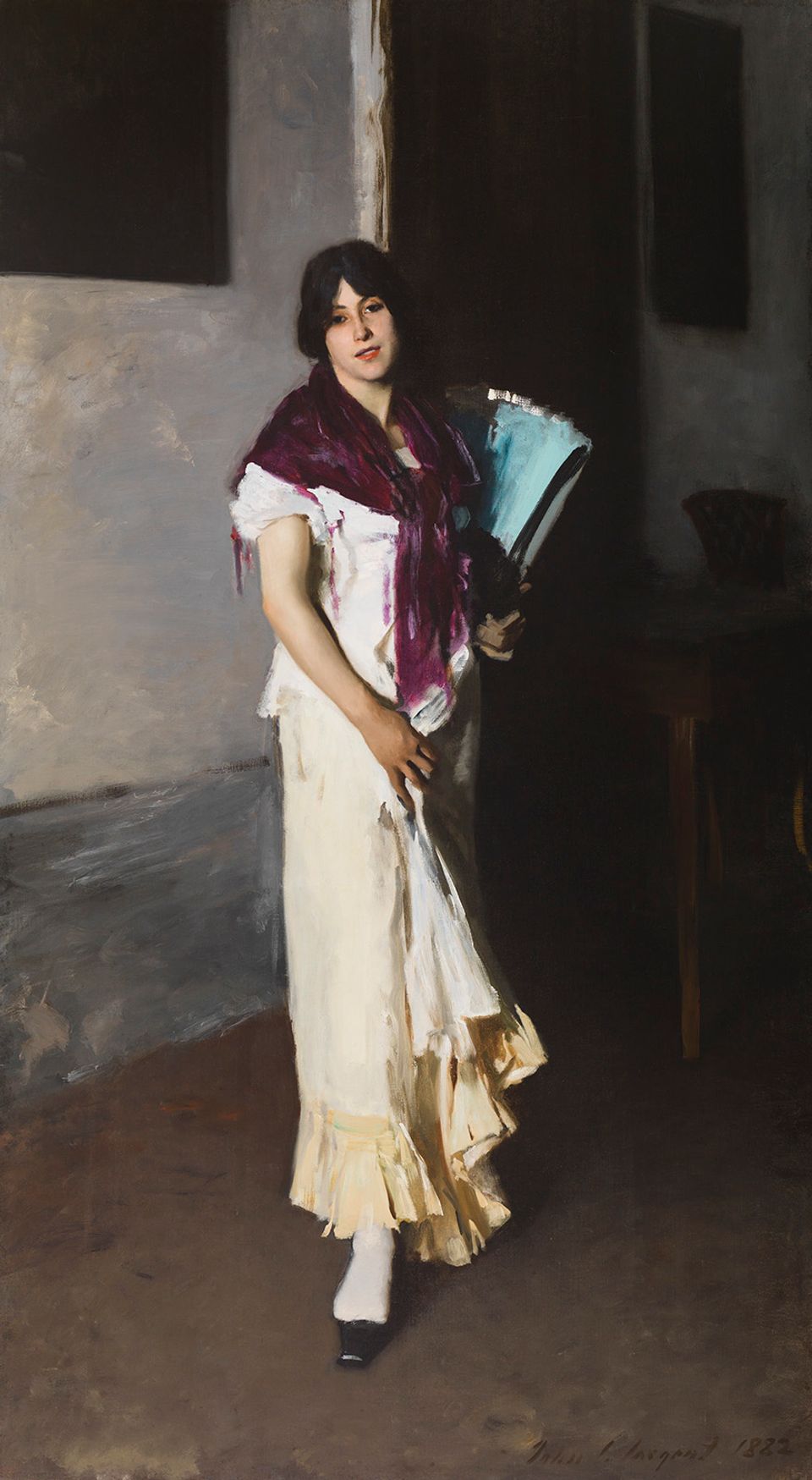William Henry Holmes
- Biography
Holmes led a remarkably varied life as an anthropologist, archaeologist, artist, draftsman, explorer, geologist, government official, and museum director. While studying under Theodor Kaufmann in 1871 in Washington, D.C., he met Fielding B. Meek of the Smithsonian Institution, who hired him to illustrate his paleontological reports. This was Holmes's first assignment requiring detailed drawings of fossils and other specimens. In 1872–79 he worked with geologist F. V. Hayden as a geologist-artist on Hayden's western surveys. Highlights of these years include travels to Yellowstone, discovery of the Mount of the Holy Cross and the Mesa Verde cliff dwellings in Colorado, and friendships with William H. Jackson and Thomas Moran. In 1880 Holmes worked with Major Clarence E. Dutton, preparing highly detailed topographical drawings of the Grand Canyon region for Dutton's Tertiary History of the Grand Cañon District (1882). Holmes later worked in the Field Museum of Natural History and taught anthropology at the University of Chicago. He then directed the Bureau of American Ethnography and National Gallery of Art (now the Smithsonian American Art Museum) in Washington, D.C.
References
Cosentino and Glassic, Capital Images, 210, 214–18, 262–63; William E. Goetzman, "Limner of Grandeur: Wiliiam H. Holmes and the Grand Canyon," American West 15 (May–June 1978): 20–29; Nelson, "Holmes," 252–78.
William Truettner, ed The West as America: Reinterpreting Images of the Frontier, 1820–1920 (Washington, D.C. and London: Smithsonian Institution Press, 1991)
- Artist Biography
Born in rural Ohio, Holmes supplemented his training as a scientist with art lessons in Washington, D.C. His career began in 1872 with the government-sponsored Hayden Survey, on which he served as official geologist and artist, traveling through Wyoming and Colorado. During an association that lasted seven years, Hayden credited Holmes's "usual zeal and skill" with inspiring "much of the accuracy and value of the work." A subsequent expedition in 1880 through the Grand Canyon resulted in the remarkable drawings and watercolors Holmes made to illustrate Clarence Dutton's official report of the journey. In later years, Holmes's interests turned to archaeology and then back to art, when he was named director of the National Gallery of Art (now the Smithsonian American Art Museum) in 1920. His watercolors combined poetic mood with a scientist's eye for the panoramic grandeur of the West.
References
Goetzman. Exploration and Empire.Nelson, Clifford M. "William Henry Holmes: Beginning a Career in Art and Science." Records of the Columbia Historical Society 50 (1980): 252–78.
Trenton, Patricia, and Peter H. Hassrick. The Rocky Mountains: A Vision for Artists in the Nineteenth Century, pp. 166–77. Norman: University of Oklahoma Press, 1983.
Charles Eldredge, Julie Schimmel, and William H. Truettner Art in New Mexico, 1900–1945: Paths to Taos and Santa Fe (Washington, DC: National Museum of American Art, Smithsonian Institution, 1986)















